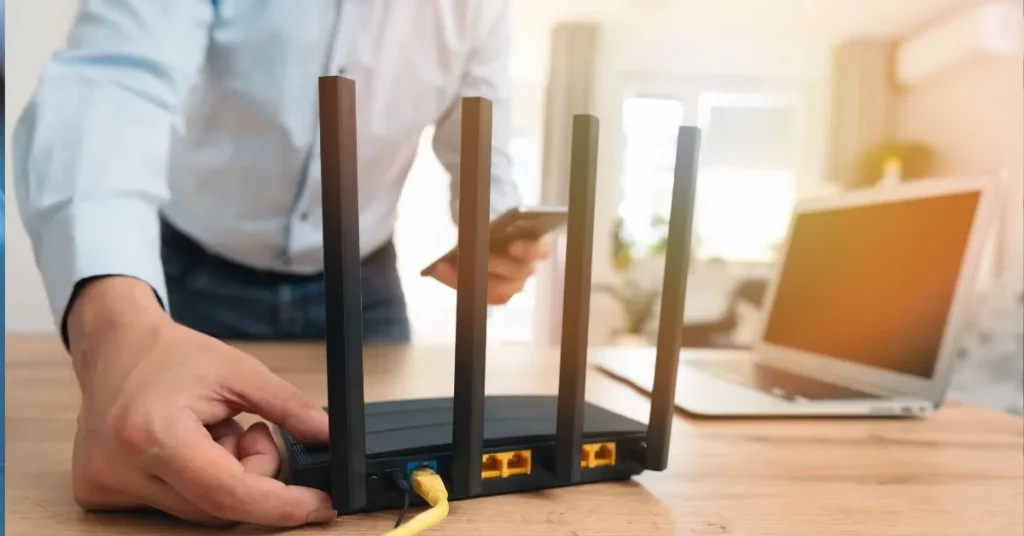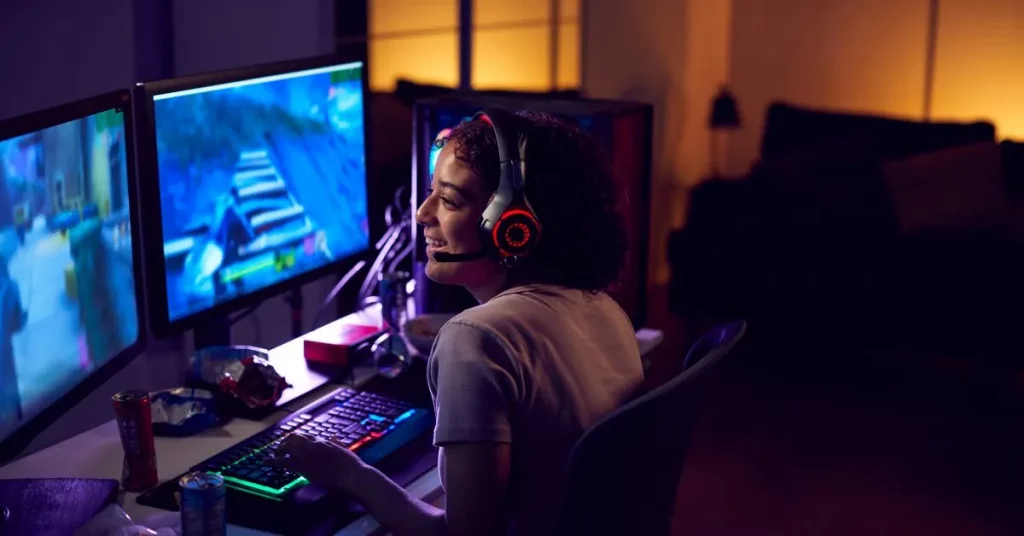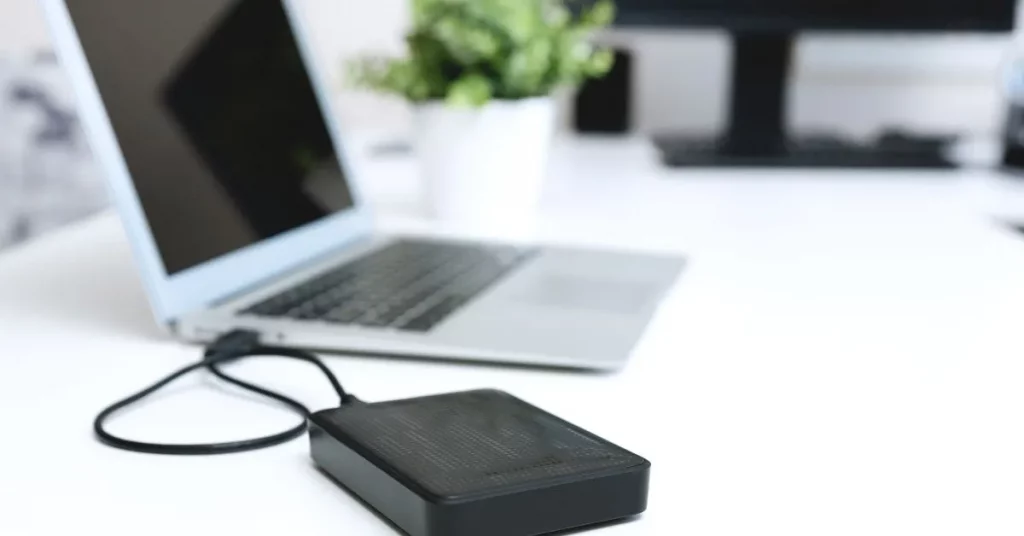Setting up parental controls can help keep your kids safe online. With Windows 10, you can easily control what your kids can access, manage their activities, and set limits on screen time. This guide will walk you through the steps to configure parental controls in Windows 10 using simple and friendly language.
Why Set Up Parental Controls?
Establishing parental control is important because, although the internet offers many opportunities for learning and fun, it can also pose risks such as exposure to inappropriate content, online predation, screen time the amount of peacemaking through monitoring online activity
Step 1: First Start With Create A Microsoft Account For Your Child
The first thing you need to do is set up a Microsoft account for your child. This is important because parental authority is tied to personal accountability. If your child doesn’t already have one, follow these steps.
- Access the Microsoft Family Site: Open a web browser and navigate to account.microsoft.com/family.
- Account sign-in: If you don’t already have a Microsoft account, you’ll need to create one. If you do, just login.
- Add a family member: Click the “Add a family member” button, then select “Add a child”.
- Create an account for your child: Enter their email address. If your child doesn’t have an email, click the “create one for them” link and follow the steps to set up a new Microsoft account.
- Invite Them to the Family Group: After adding their account, Microsoft will send them an invitation. Make sure your child accepts the invitation to join your family group.
Step 2: Manage Parental Controls in Windows 10
Now that your child has their own Microsoft account, you can start managing their online activities. Here’s how:
- Open the Family Settings: In your web browser, go back to the Microsoft Family page at account.microsoft.com/family. You should now see your child’s account listed.
- Click on Your Child’s Account: From here, you can adjust the parental controls for their account.
Let’s look at the main features you can manage.
Step 3: Set Up Web Filtering
You can block inappropriate websites, so your child doesn’t accidentally land on sites with adult content or other harmful materials.
- Go to “Content Filters”: Once you click on your child’s account, go to the “Content Filters” section.
- Block Inappropriate Websites: Toggle the switch that says “Block inappropriate websites.” This will automatically block websites with adult content.
- Add Specific Websites to Block or Allow: If you want to block certain websites that aren’t caught by the automatic filter, you can add them manually under “Always blocked.” Likewise, you can add safe websites your child is allowed to visit under “Always allowed.”
- Set Up SafeSearch: You can also turn on SafeSearch, which helps ensure that search results on Bing are filtered for adult content.
Step 4: Set Time Limits
Controlling how much time your child spends on the computer or certain apps can help balance screen time with other activities.
- Go to “Screen Time”: From your child’s account page, click on “Screen Time.”
- Set a Schedule: You can set time limits for each day of the week. For example, you might allow two hours of computer time on weekdays and more time on weekends.
- Limit Specific Apps and Games: You can also set limits for particular apps or games. For instance, if you only want your child to play a certain game for one hour each day, you can set that rule.
- Block Access During Certain Times: You can block access to the computer during school hours or bedtime, ensuring your child only uses the device during appropriate times.
Step 5: Monitor Your Child’s Activity
It’s helpful to keep an eye on what your child is doing online. Windows 10 lets you see reports of their online activity, including websites they visit, apps they use, and how long they’ve been on the computer.
- Go to “Activity Reporting”: On your child’s account page, click on “Activity Reporting.”
- Turn on Activity Reporting: Toggle the switch to enable activity reporting. This will send you weekly reports of your child’s online activity, including websites visited, apps used, and screen time.
- View Recent Activity: You can also check your child’s recent activity right from the Family page. This gives you a real-time look at what they’ve been doing.
Step 6: Manage App and Game Restrictions
You might want to block certain apps and games that aren’t appropriate for your child’s age.
- Go to “Content Filters”: Under your child’s account page, go back to the “Content Filters” section.
- Set Age Restrictions for Apps and Games: Here, you can set an age limit for the apps and games your child can download. For example, if your child is 10, you can restrict apps and games to those rated for ages 10 and under.
- Block Specific Apps or Games: You can also manually block any apps or games you don’t want your child to use, even if they meet the age restriction.
Step 7: Control Purchases and Spending
You can prevent your child from making purchases in the Microsoft Store without your permission.
- Go to “Spending”: In the Family settings, click on the “Spending” section.
- Turn on Ask a Parent: Toggle the switch to enable “Ask a parent” for purchases. This means your child will need your permission before making any purchases in the Microsoft Store.
- Add Money to Their Account: If you want to give your child a set amount to spend, you can add money to their Microsoft account. This gives them the freedom to make small purchases while keeping control of their spending.
Step 8: Manage Privacy and Online Communication
Keeping your child’s personal information private and managing who they can communicate with is important for their online safety.
- Go to “Privacy”: In the Family settings, go to the “Privacy” section.
- Adjust Privacy Settings: You can control how your child’s information is shared online, whether they can join multiplayer games, and who they can communicate with.
Conclusion
set up parental controls in Windows 10 is a great way to help your child explore the internet safely. By managing what they can access, setting time limits, and monitoring their activity, you create a safer online environment for them. Follow the steps in this guide, and you’ll have peace of mind knowing your child’s digital world is more secure.
Don’t forget to regularly check and update the settings as your child grows or when new features become available in Windows 10!











